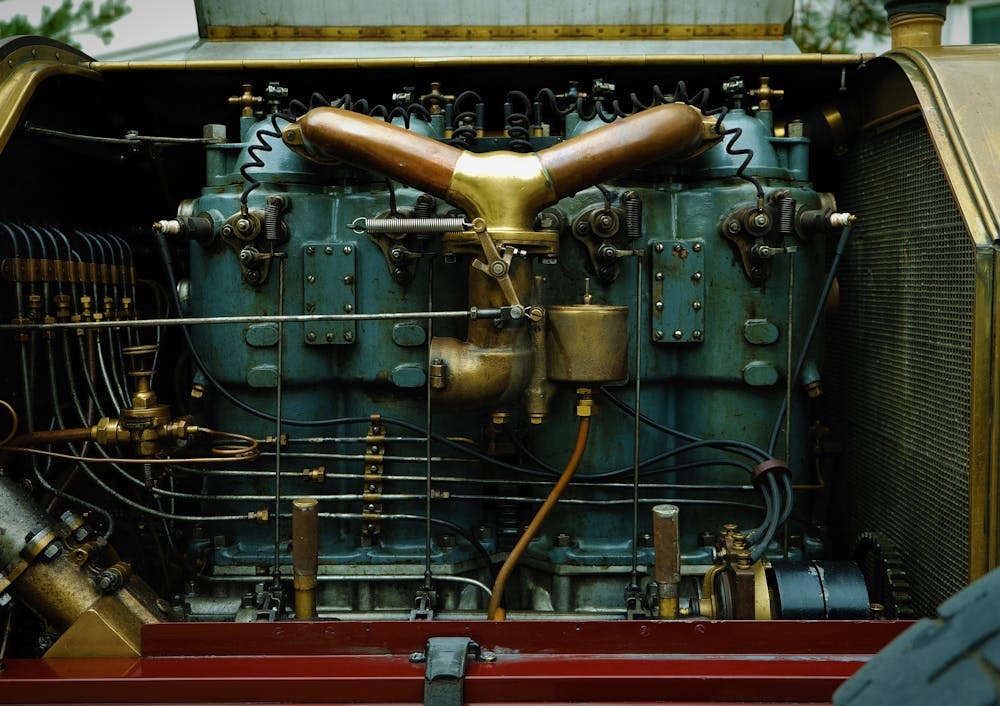Maintaining diesel exhaust fluid (DEF) transfer tanks is crucial for ensuring compliance with emissions regulations and optimizing vehicle performance. However, despite its importance, several common mistakes often occur during their maintenance. These errors can lead to costly repairs, compliance issues, and even damage to the vehicles that rely on DEF. Recognizing these pitfalls can help operators enhance their maintenance practices and prolong the life of their DEF systems.
1. Neglecting Regular Inspections
One of the most significant errors is overlooking regular inspections of DEF transfer tanks. Operators may think that infrequent checks are sufficient, but the reality is that routine inspections can reveal potential problems before they escalate. Regularly checking for leaks, corrosion, or signs of wear can make a considerable difference in the tank’s lifespan and functionality. According to a study from the Environmental Protection Agency, proactive maintenance can reduce the likelihood of serious failures by up to 50%.
2. Using Improper Equipment
Using equipment not designed for DEF transfer can severely damage tanks and related systems. Just as it is vital to use compatible hoses and fittings to ensure fluid integrity, operators often overlook this aspect. For example, using metal components can introduce contaminants into the DEF, leading to the degradation of the fluid. Additionally, DEF should be stored at temperatures between 12°F and 86°F (-11°C and 30°C) to maintain its chemical integrity. Extreme heat can cause DEF to decompose, reducing its ability to reduce nitrogen oxide emissions, while freezing can cause expansion, damaging the tank. Choosing high-quality equipment designed for use with diesel exhaust fluid can prevent operational disruptions. This is where Unity Fuel tanks and other quality fluid storage solutions enter, as they are specifically designed to handle DEF safely. Investing in safe, convenient, and temperature-controlled storage solutions can help maintain the fluid’s stability, especially for those who need to store or transport DEF in varied climates and environments.
3. Poor Storage and Handling Conditions
Storing DEF transfer tanks in unsuitable environments is another common mistake. Tanks should be kept in a shaded, climate-controlled area to prevent temperature fluctuations. DEF is sensitive to extreme temperatures, and exposing it to direct sunlight can degrade the fluid quality over time. Studies show that prolonged exposure above 86 degrees Fahrenheit contributes to a decrease in its effectiveness. Equipping tanks with proper insulation and ventilation can significantly prolong their lifespan. Furthermore, DEF should always be handled with clean equipment and stored in airtight containers to prevent exposure to airborne contaminants. Additionally, DEF should be kept away from direct sunlight and stored in a cool, shaded area to avoid temperature fluctuations. Following proper handling and storage procedures can protect the DEF’s integrity, ensuring it continues to support emissions compliance effectively.
4. Inadequate Cleaning Procedures
Failing to maintain proper cleaning protocols is a mistake that can lead to significant tank contamination. Accumulation of dirt, bacteria, and other contaminants can affect the quality of the DEF, posing a risk to the vehicles it fuels. DEF transfer tanks require periodic cleaning to remove any residue or dirt that may have accumulated over time. Regular cleaning—at least once a year—is critical for removing any buildup that could compromise fluid purity. Proper procedures include using non-corrosive, DEF-approved cleaning solutions to avoid damaging the tank surfaces.
5. Overlooking Fluid Quality
Many operators overlook the importance of DEF quality, assuming that all fluids are the same. In reality, high-quality DEF is critical; substandard fluids can come with impurities that harm engine components. Operators must test the fluid for purity before transferring it into tanks. The ideal DEF should meet the ISO 22241 standards, ensuring it’s free from urea contamination and degradation. Regular quality tests can alert operators to any issues before they impact vehicle performance.
6. Ignoring System Failure Indicators
Failing to monitor system indicators can lead to significant maintenance issues. Most modern vehicles equipped with selective catalytic reduction (SCR) systems come with monitors that alert operators to DEF supply issues. Ignoring these warnings could result in emergency repairs that are both costly and time-consuming. Keeping a close eye on these indicators and acting promptly can help minimize downtime and extend the overall lifespan of the DEF system.
7. Skipping Operator Training
Finally, one of the most critical mistakes is neglecting proper operator training. Staff must be adequately trained to understand the unique requirements and potential hazards of DEF transfer tank maintenance. Poor understanding can lead to mishandling of equipment, incorrect fluid transfers, or suboptimal cleaning practices. A well-informed team is vital for maintaining safety and efficiency in DEF management and contributing to overall operational effectiveness.
By identifying and addressing these common mistakes, operators can ensure their diesel exhaust fluid transfer tanks operate effectively and comply with necessary regulations. Taking the time to implement best practices not only prolongs the life of the tanks but also enhances vehicle performance and reduces environmental impacts.


